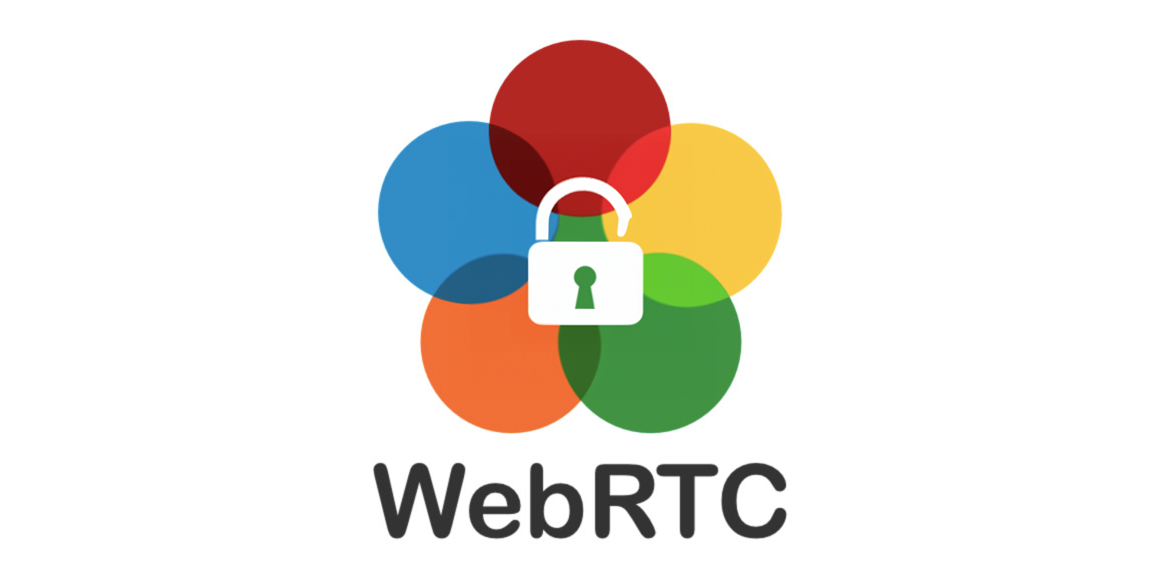Future-Proofing Communication, Securely.
What is WebRTC?
WebRTC (Web Real-Time Communication) is an open-source project composed of a set of communication protocols and JavaScript APIs that aim to provide the web with high-quality real-time communication capabilities. In other words, WebRTC makes it possible for web browsers to transfer audio, video and data live via a peer-to-peer connection without the use of any plugins.
WebRTC began as an open project by Google back in 2011. Its APIs are actively defined and standardized by W3C (World Wide Web Consortium). Currently, WebRTC is supported by Google Chrome, Mozilla Firefox Opera, and Safari web browsers on PC and Android. Windows 10 versions are also available.
Benefits of WebRTC for Business
1: Streamline Collaboration through Video Conferencing
It is quite common for companies today to have remote teams, including employees working from home or elsewhere, or collaborators who often travel, go to customers or roam between different sites of the company.
For many companies, video conferencing is no longer an option but a must-have, and the only way for remote teams to collaborate efficiently and reduce unnecessary traveling.
But video conferencing solutions are not all made the same. Let’s see which advantages a WebRTC-based video conferencing offers compared to other solutions on the market:
● Proprietary video conferencing solutions are expensive and complicated. With WebRTC, a video conference takes place on the web, allowing users to connect instantly without having to install, download or update any plugins, or use expensive hardware.
● WebRTC can be integrated into a UC&C platform in a way to allow users to extend a point-to-point chat conversation or an audio call to a multipoint video conference at any time.
2: Leverage Your Website to Bring in New Customers
A customer who has found your company on the web expects to be able to contact the company in the same way — over the web and using the browser — without having to resort to a different means of communication (such as writing an email or dialing a phone number).
If your website doesn’t offer direct means for customer interaction, clients are more likely to choose a different company.
WebRTC makes your website truly interactive and helps you to convert occasional visitors into potential customers.Needless to say,
WebRTC is very useful for e-commerce, as it drastically decreases the cart abandonment rate by facilitating contact. In addition, company call agents can know which web pages the visitor has been navigating at that moment and be more efficient in providing their customer service.
● With real-time contact options, potential customers are more likely to initiate contact with the company. A free click-to-call solution on the website greatly increases and facilitates contact with those customers who are potentially interested in a product or a service or who are ready to buy.
3: Enhance Customer Interactions With Free Click2Call
Customers may decide against a company for different reasons, but one thing is for sure: a customer who has difficulty contacting the company won’t be happy, and they’ll be more likely to opt for a different brand.
WebRTC offers some unique features that significantly improve the customer interaction:
● Having to download, install, update and troubleshoot plugins and clients can be a complicated process. With WebRTC, you can reduce hassle and save time by providing your customers with a fast, easy and plugin-free way to contact your company over the internet.
● With customer auto-authentication and login via social networks, you can add a personal approach to the way you communicate with customers. Integrating WebRTC with the UC system also allows you to route the customer to the right agent or department instantly.
● Simplify your customer interactions by offering file exchange and screen sharing capabilities. The option to exchange files or start a screen sharing session right during a call or a chat session (without having to use external applications) can significantly streamline sales and support processes.
WebRTC and Security
Let’s start with the fact that WebRTC is not a plugin or a program that you install on your PC, which means WebRTC communications cannot be affected if your PC gets infected by a virus or a spyware.
WebRTC allows data to pass from browser to browser, so your calls and video chats do not rely on any software. The security of WebRTC communications is contained directly within your browser.
Is WebRTC really safe?
WebRTC built-in security features:
WebRTC offers end-to-end encryption which ensures the protection of user data.
● All the data that is transferred with WebRTC is encrypted using Datagram Transport Layer Security (DTLS) protocol (so-called “handshakes” performed between two clients who are establishing the communication).
● WebRTC also uses Secure Real-Time Protocol (SRTP) to protect media and ensure that IP communications are kept private. In fact, many VoIP and UC providers still use a less secure version of the protocol, RTP (Real-Time Transport Protocol), because implementing SRTP requires significant changes to their software. The WebRTC project, meanwhile, implemented SRTP from the very start.
● Before starting communication, WebRTC requires users to provide access to their microphone and webcam.



